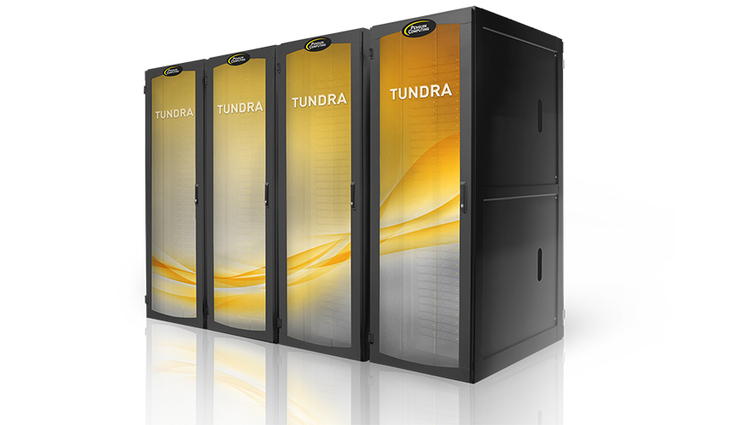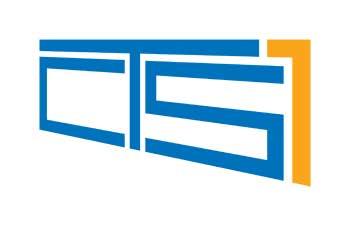Labs tap Silicon Valley to bolster computing
 (Download Image)
Scalable computing clusters - like the Tundra clusters being procured from Penguin Computing - are designed to be connected like Legos to create more powerful systems.
(Download Image)
Scalable computing clusters - like the Tundra clusters being procured from Penguin Computing - are designed to be connected like Legos to create more powerful systems.
The National Nuclear Security Administration’s (NNSA’s) Lawrence Livermore National Laboratory today announced the awarding of a subcontract to Penguin Computing — a leading developer of high-performance Linux cluster computing systems based in Silicon Valley — to bolster computing for stockpile stewardship at its three national security laboratories.
Under the terms of the contract, awarded by Lawrence Livermore for NNSA’s tri-lab Advanced Simulation and Computing (ASC) program, Penguin Computing will receive $39 million to provide more than 7 Petaflops (quadrillion floating operations per second) of "capacity" computing capability to Los Alamos, Sandia and Lawrence Livermore national laboratories. These commodity technology systems (CTS) are designed to run a large number of "jobs" simultaneously on a single system.
"These computing clusters will provide needed computing capacity for NNSA’s day-to-day work at the three labs managing the nation’s nuclear deterrent," said Doug Wade, head of NNSA’s ASC program. "This tri-lab effort will help reduce costs, increase operational efficiencies and facilitate collaborations that benefit our nation’s security, support academia and advance the technology that promotes American economic competitiveness."
This strategy allows NNSA’s more powerful "advanced technology system" (ATS) supercomputers to be dedicated to the largest and most complex calculations critical to stockpile stewardship. High performance computing (HPC) is a cornerstone of NNSA’s Stockpile Stewardship Program to ensure the safety, security and reliability of the nation’s aging nuclear deterrent without testing. The ASC program combines the computing expertise and resources at the three labs to advance the computing capabilities that enable the science needed to meet the challenges of stockpile stewardship.
NNSA’s new capacity computing systems, called the Commodity Technology Systems – 1 (CTS-1), will be NNSA’s third joint procurement of this type and replace those procured in 2011, which are now nearing retirement. This tri-lab procurement model reduces costs through economies of scale based on standardized hardware and software environments at the three labs.
Under terms of the contract, computing clusters built of "scalable units" (SUs) will be delivered to each of the laboratories between April 2016 and September 2018. Each scalable unit represents approximately 200 teraflops of computing power. These SUs are designed to be connected, much like Legos, to create more powerful systems. Scalable units will be divided among the three labs with each configuring the SUs into clusters according to mission needs.
Advances in computational technology, enabled in part by NNSA’s ASC program, have brought down the cost of HPC systems from approximately $100 million per teraflop (trillion floating point operations per second) in 1995 to less than $5,000 per teraflop today, a factor of 20,000. Each successive generation of computing system has provided greater computing power and energy efficiency.
CTS-1 clusters will support NNSA’s Life Extension Program and investigations into technical issues related to aging weapons systems, efforts critical to ensuring the safety security and reliability of the nuclear weapons in the stockpile as they age well beyond their intended deployment life.
Related Links
NNSAComputing at LLNL
HPC at LLNL
Tags
HPC, Simulation, and Data ScienceNuclear deterrence
Computing
Strategic Deterrence
HPC Innovation Center
Stockpile stewardship
Featured Articles








